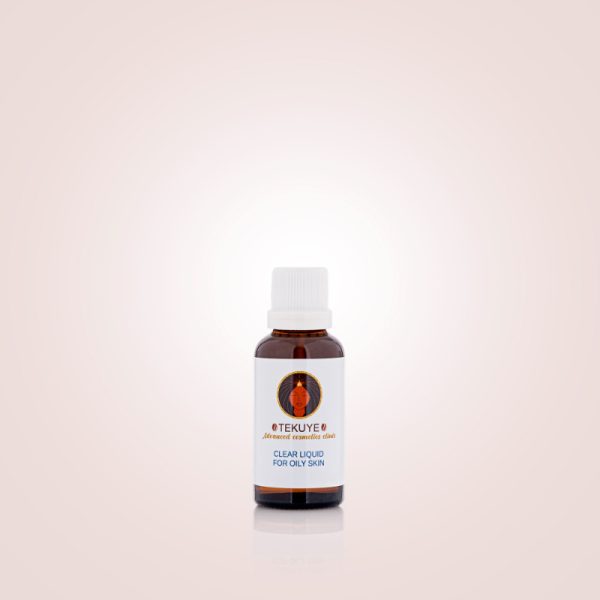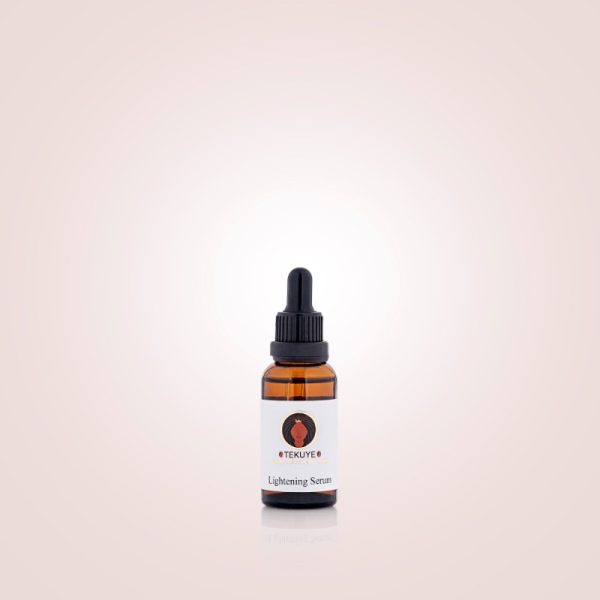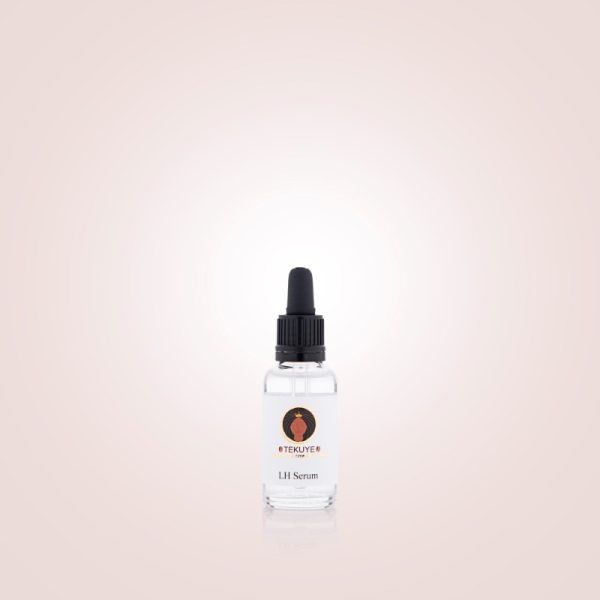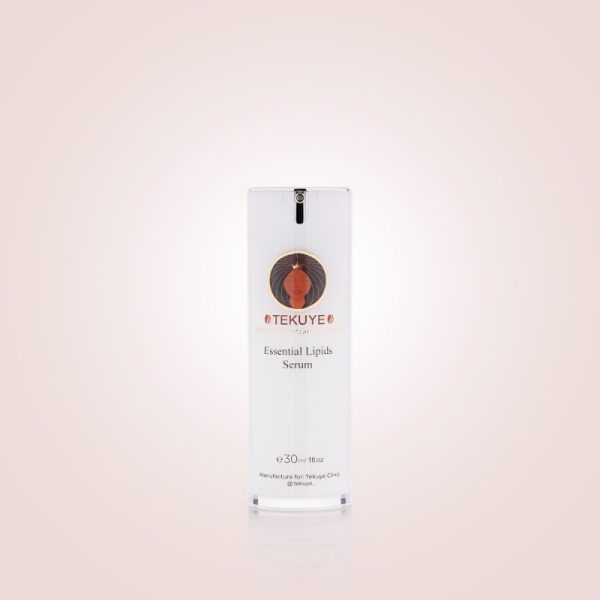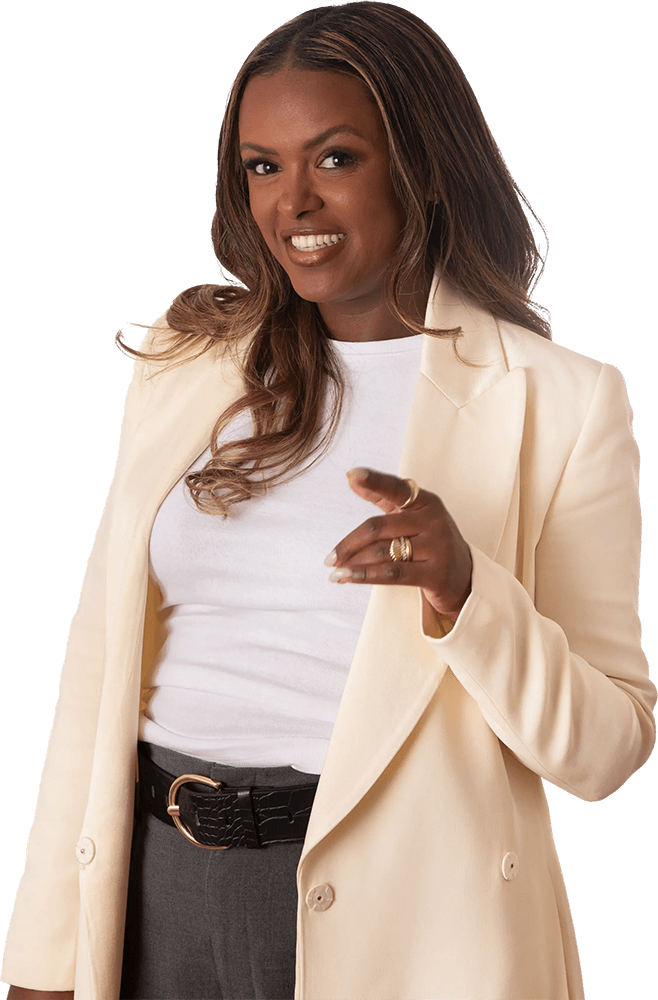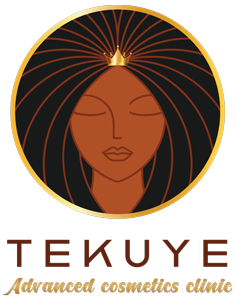What is Acne?
Acne is a inflammatory disorder of the skin, which has lactic glands attached to a hair follicle, which contains a delicate hair. In healthy skin, the milk glands produce milk that empties to the surface of the skin through the porous, which it opened in follicle. Cartinocytes, some kind of skin cell, expect the follicle. Usually when the body sheds skin cells, the keratinocytes rise to the surface of the skin. When someone has acne, the hair, the milk, and the keratinocytes stick together in the pores.
It prevents the drop of the keratocytes and prevents the boom from reaching the surface of the skin. The mixture of oil and cells allows bacteria that normally live on the skin to grow in signed follicles and cause inflammation – swelling, redness, fever and pain. When the signed follicle wall breaks down, it spills the bacteria, skin cells, and fat into the adjacent skin, creating lesions or pimples.
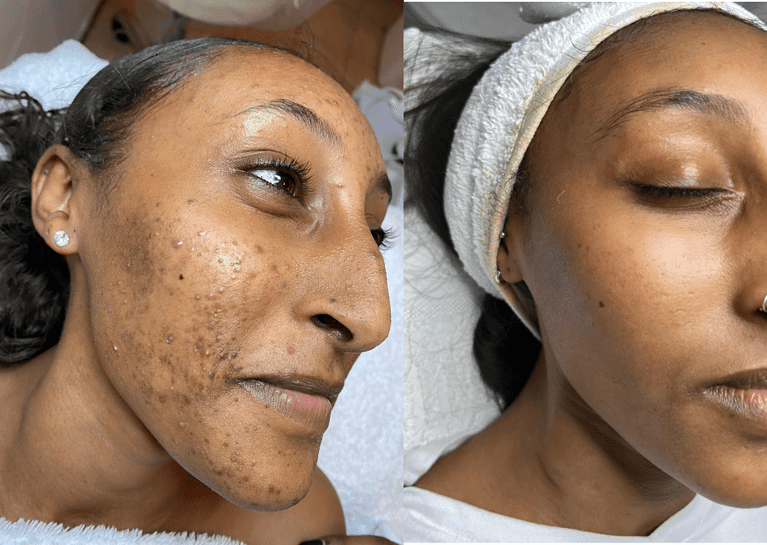
Who's got acne
People of all races and ages suffer from acne, but it is most common among young adults and teenagers. When acne appears during her teens, she is more common in men. Acne can be attracted to adulthood, and when it does, it's more common in women.
What kind of acne are there
Acne causes several types of lesions, or pimples. Doctors refer to enlarged hair follicles or clogged as commies.
Acne types include:
White heads: Clogged hair follicles that stay under the skin and produce a white bump.
Black dots: Clogged follicules that reach the surface of the skin and open. They look black on the surface of the skin because the air changes the color of milk, not because they're dirty.
Papoulas: Inflammatory lesions commonly appear as small pink bumps on the skin and can be sensitive to touch.
Pimples or pimples: Pimples on top of which are covered with white or yellow pus that may be red at the base.
Clumps: Big, painful solid lesions that go deep into the skin, bad nodulary. Deep, painful, pus-filled lesions.

